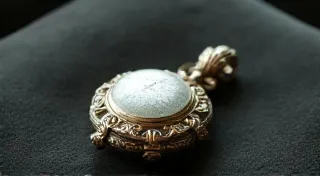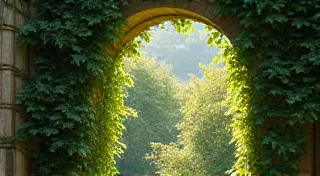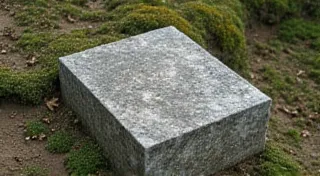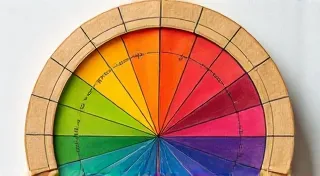Petite Paradises: Exploring the Art of Vertical Miniature Gardens
There's a peculiar comfort in small things, isn’t there? The satisfying click of a perfectly fitted puzzle piece, the delicate scent of aged paper in an antique book, the warm breath of an accordion’s bellows as it plays a wistful melody. I’m often reminded of this connection while tending to my miniature gardens. It’s not simply about recreating nature in miniature; it’s about capturing a feeling – the quiet beauty of a forgotten corner, the resilience of life persisting in unexpected places. And lately, my focus has been on verticality – creating petite paradises that climb and cascade, embracing the challenge of limited space.
My journey into miniature gardening began with a dusty, neglected accordion I found at an estate sale. It was an older model, a Hohner Victoria from the 1930s, its keys yellowed and some missing entirely. Examining the intricate woodwork, the careful placement of each reed, I felt an immediate kinship. Both objects – the accordion and the miniature garden – are testaments to human ingenuity and a desire to bring beauty into the world, even within constraints. Restoring that accordion was a slow, painstaking process, mirroring, in a way, the patience required for successful miniature gardening.
Just like an accordion’s structure relies on precisely engineered components working in harmony, a vertical miniature garden depends on careful planning and execution. The principles remain the same: understanding the elements and working with them to achieve a unified and pleasing whole. We're not just slapping plants into a small container; we’re orchestrating a tiny ecosystem.
The Allure of Verticality: Space and Design
Space is a precious commodity in the world of dollhouses. A single room can be transformed from cramped to captivating with the clever use of vertical space. Vertical miniature gardens offer just that – a way to soften the hard lines of dollhouse walls, add a touch of life, and create a sense of depth. Think of ancient hanging gardens, or the lush, ivy-covered walls of centuries-old European villas – these are the inspirations for our miniature endeavors. We're essentially recreating those grand designs, but on a scale that fits comfortably within a dollhouse or a tabletop display.
There are several ways to approach vertical miniature gardening. Hanging planters, of course, are a classic choice. Tiny wire baskets, miniature ceramic pots suspended from delicate chains, or even repurposed dollhouse furniture can be used to create a charming, cascading effect. Wall-mounted structures offer another option. Think miniature trellises, small wooden frames draped with miniature vines, or even tiny "living walls" constructed from layers of moss and miniature plants.
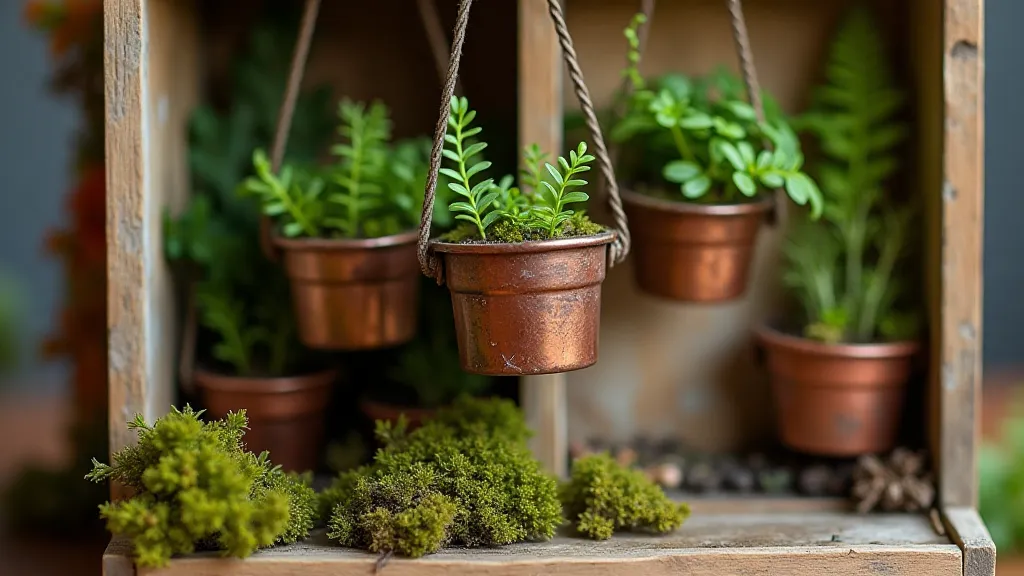
Plant Selection: Matching Scale and Character
Choosing the right plants is crucial. Just as an accordion’s sound depends on the quality and arrangement of its reeds, a miniature garden’s beauty hinges on the appropriateness of its flora. You need plants that not only look good but also thrive in the limited space and light conditions. Mosses, of course, are indispensable. They provide a lush, green backdrop and help retain moisture. Creeping thyme, miniature ferns, baby tears, and Irish moss are excellent choices for ground cover. For height and vertical interest, consider miniature sedum, creeping rosemary, and dwarf conifers. Succulents, like echeverias and sempervivums, can add a touch of architectural elegance.
The key is to think about texture and form. Combine fine-leaved plants with those that have broader leaves. Contrast upright forms with trailing varieties. And don’t be afraid to experiment! Just as a skilled accordionist blends different techniques to create a unique performance, a miniature gardener can combine different plants to create a miniature landscape that is both beautiful and expressive. The interplay of light and shadow on these tiny leaves, the subtle variations in color – it’s a world of detail that rewards close observation. For those seeking more inspiration in capturing fleeting beauty, exploring miniature gardens of fleeting beauty can offer valuable insights into embracing the transient nature of life, even on a small scale.
Crafting Miniature Greenhouses: A Touch of Ingenuity
Protecting delicate miniature plants can be a challenge. Creating miniature greenhouses offers a solution, allowing you to control humidity and temperature, and extend the growing season. These structures can be as simple as a small glass jar or as elaborate as a miniature Victorian-style greenhouse constructed from balsa wood and clear plastic sheeting. A repurposed dollhouse window frame can even serve as the basis for a charming miniature conservatory.
Remember that airflow is essential. Ventilation holes are just as important as the greenhouse itself. Just as an accordion's bellows need space to expand and contract, plants need air circulation to thrive. The process of recreating a natural environment, of understanding the delicate balance required for growth, can be incredibly rewarding. Achieving that perfect balance often requires a keen eye and a deep understanding of plant needs.
Moss Cultivation: A Living Tapestry
Moss cultivation is arguably the heart of many miniature gardens. It’s not simply about placing moss onto a surface; it's about creating a living tapestry. Sphagnum moss is often used as a base layer to help retain moisture, but the real beauty comes from cultivating different varieties of moss – sheet moss, cushion moss, reindeer moss, and many more. Each variety has its own unique texture and color, adding depth and visual interest to the miniature landscape. Proper lighting and humidity are key to successful moss cultivation. Mist the moss regularly and provide indirect sunlight.
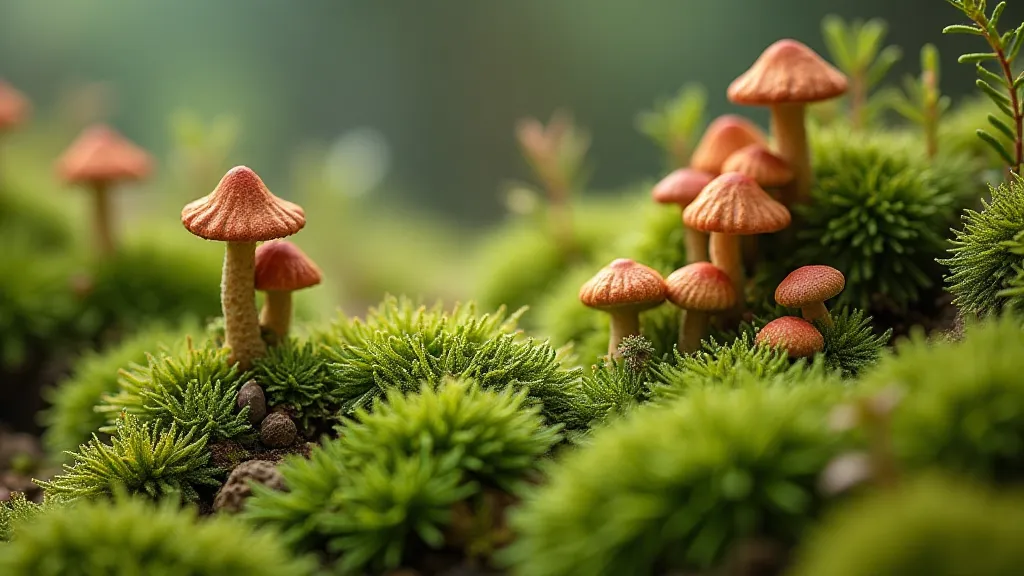
Scale Model Flower Pots: Adding Character and Detail
No miniature garden is complete without miniature flower pots. These tiny vessels add a touch of human scale and add character to the scene. They can be purchased online or crafted from scratch using polymer clay or balsa wood. Pay attention to detail – the texture of the clay, the shape of the pot, even the tiny drainage holes. Consider using antique-looking pots to evoke a sense of history and nostalgia. Just as the detail on an antique accordion adds to its beauty, the small details in a miniature garden elevate it from simple arrangement to a work of art. The mindful construction and placement of each element, the careful consideration of light and shadow - it’s a process of controlled artistry, much like the precision involved in mixing subtle hues in miniature landscape painting.
Terrarium Building Guide: Creating Self-Contained Ecosystems
Terrariums, essentially enclosed miniature ecosystems, are a natural extension of vertical miniature gardening. They offer a controlled environment for plants to thrive and provide a visually stunning display. Creating a terrarium involves layering drainage material, a soil mixture appropriate for the chosen plants, and then carefully arranging the plants. A glass jar, a repurposed fish tank, or even a large glass vase can be used as the container. Just like restoring an accordion – the careful cleaning, repair, and reassembly – terrarium building requires patience and a gentle touch. The enclosed nature of a terrarium allows for a unique exploration of the interplay between light, moisture, and plant life, creating a miniature world unto itself. The meticulous arrangement of plants and the creation of a self-sustaining environment require a deep understanding of ecological principles, offering a fascinating glimpse into the complexities of nature on a small scale.
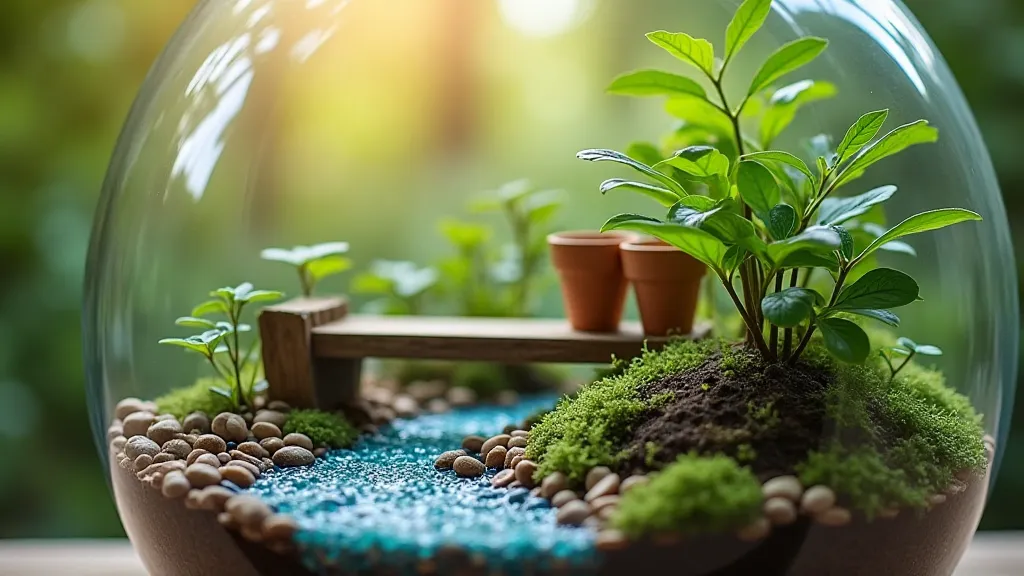
Beyond the Miniature: Connecting to Larger Landscapes
The creation of miniature gardens isn't solely an exercise in shrinking the world; it’s a way to connect with it. By replicating elements of larger landscapes—the way sunlight filters through a forest canopy, the feel of damp moss underfoot—we foster a deeper appreciation for the natural world. Furthermore, these miniature worlds can be a pathway to creating your own personal miniature greenhouses for more delicate blooms.
Conclusion
It’s a little piece of paradise, waiting to be discovered. Consider exploring miniature gardens within glass globes for additional inspiration in encapsulating a complete ecosystem within a contained and visually striking format.
